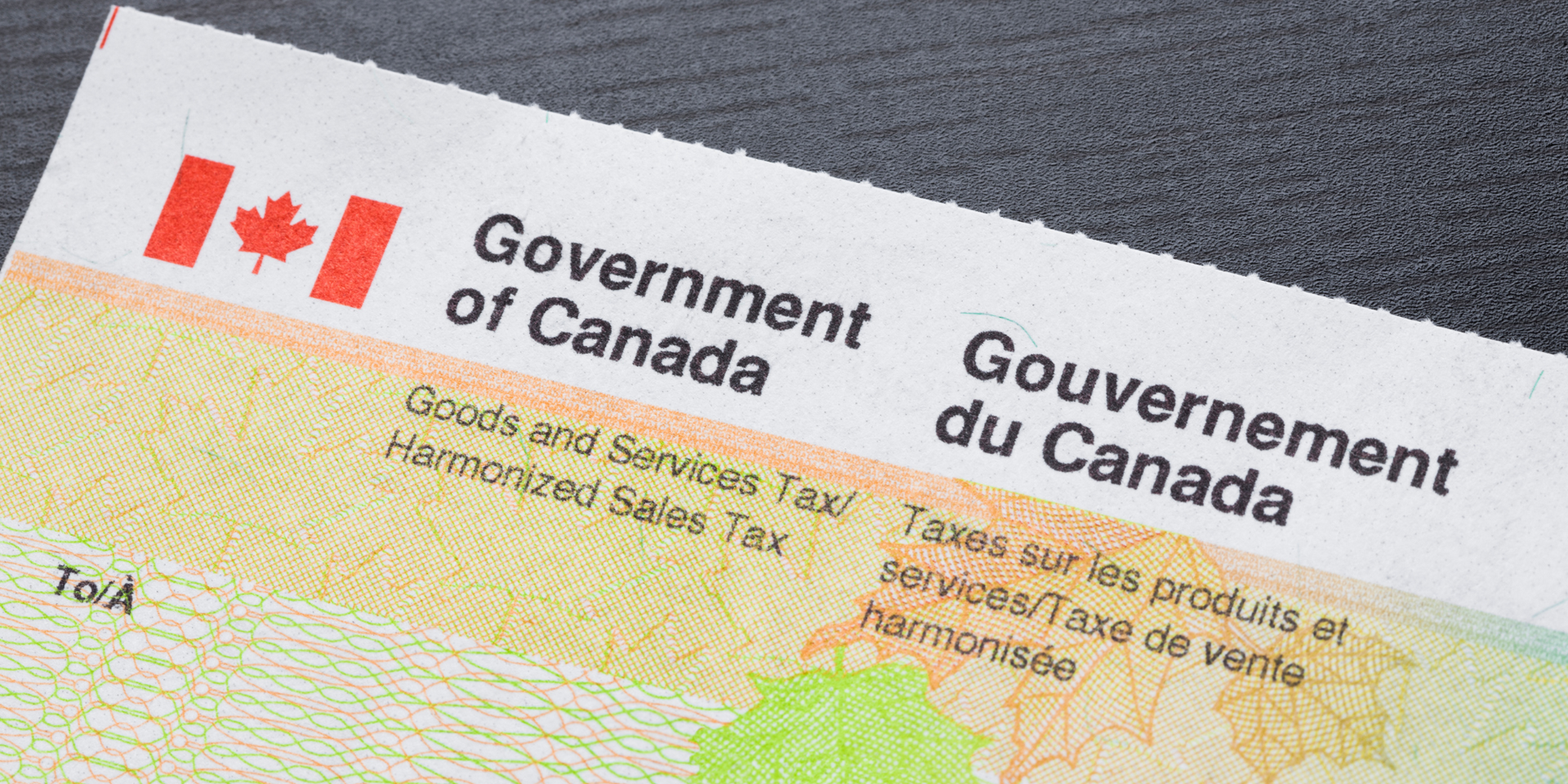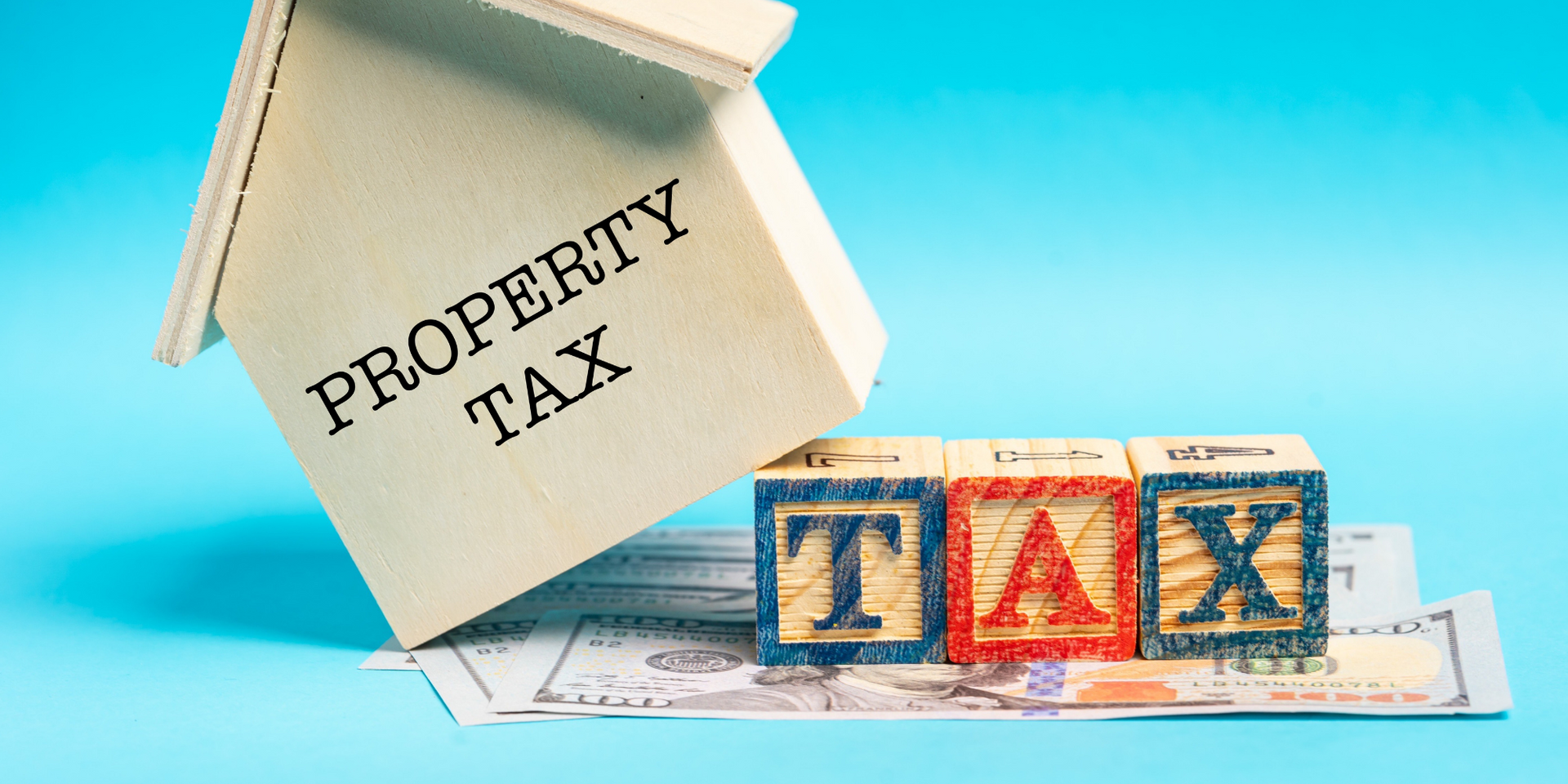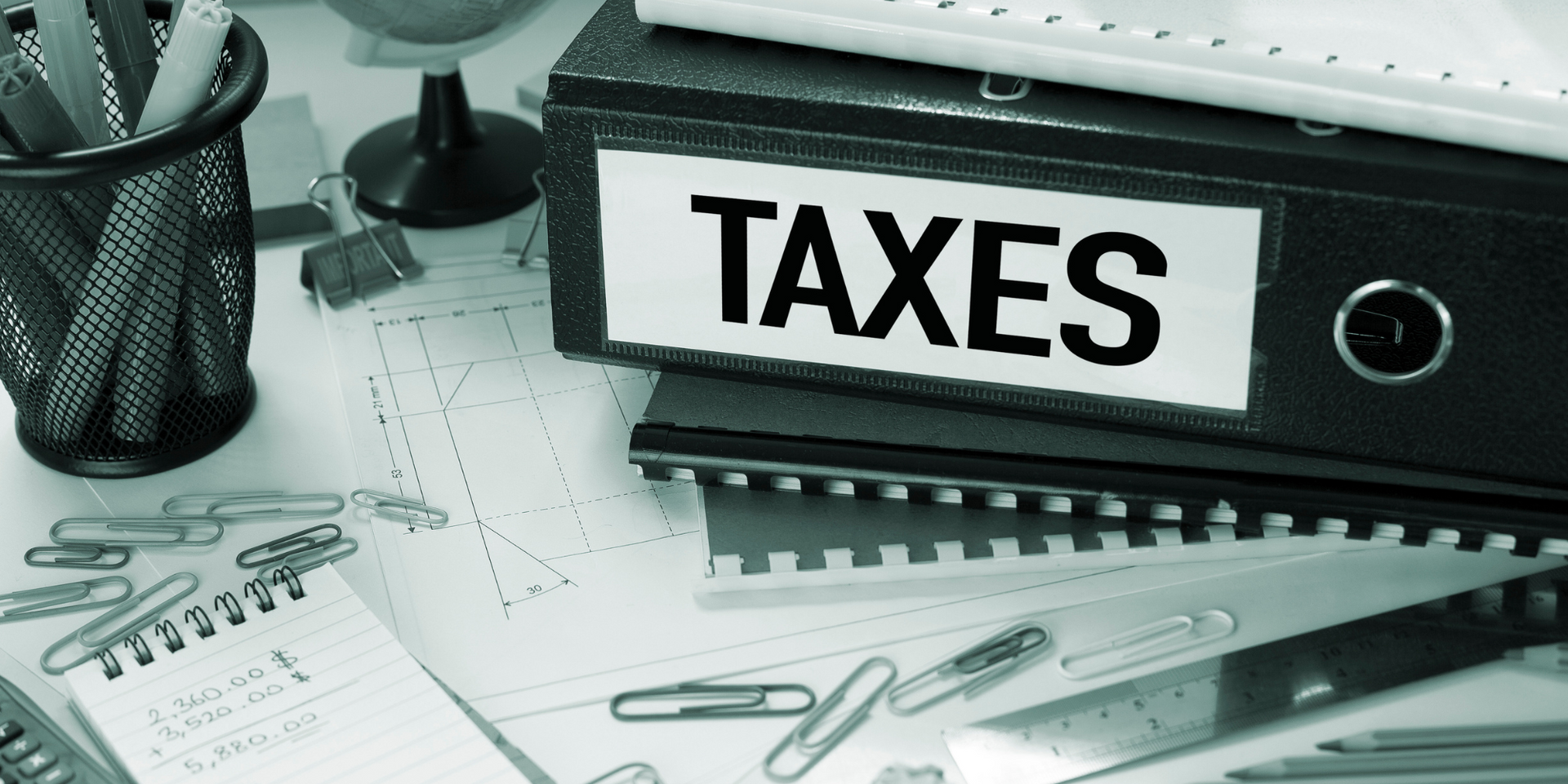How to Claim the British Columbia Sales Tax Credit (BCSTC)
When you shop in British Columbia (BC), the price on the tag is rarely what you pay at the till because of the additional sales tax. However, for some low-income residents, there’s relief in the form of the BC Sales Tax Credit (BCSTC), a refundable tax credit that offsets some of the provincial sales tax (PST) you pay. This credit is designed to help low-income taxpayers and families and can even result in a refund if you had no income.
Let’s dive into how this tax credit works and how you can claim it.

What is PST and GST in BC?
BC has two types of sales taxes:
- Provincial Sales Tax (PST): A 7% tax applied to most goods and services in BC.
- Goods and Services Tax (GST): A 5% federal sales tax charged on most purchases across Canada.
In BC, these two taxes combine for a total of 12% sales tax on most goods and services. Some essential items, like basic groceries, health products, and school supplies, are exempt from these taxes.
What is the BC Sales Tax Credit?
The BC Sales Tax Credit (BCSTC) helps offset the cost of PST for low-income taxpayers. The credit is refundable, meaning you can receive it as a refund even if you owe no taxes or didn’t earn any income. It’s claimed when you file your income tax return and is added to your GST/HST credit payments.
How Much is the BC Sales Tax Credit?
- Individuals: The maximum credit is $75.
- Couples (or families): The maximum credit is $150.
However, the credit phases out as your income increases. For individuals, the credit reduces by 2% of your net income over $15,000, and for couples, it reduces by 2% of net income over $18,000. The credit is eliminated entirely when your income exceeds $18,750 for individuals or $25,500 for couples.
Example Calculation: Let’s say John and Sharon have a combined income of $27,000. As a couple, they start with a maximum claim of $150. Since their income exceeds $18,000 by $9,000 ($27,000 - $18,000), they reduce their claim by 2% of that excess amount:
$9,000 x 2% = $180.
Since their reduced claim becomes negative ($150 - $180 = -$30), they don’t qualify for the credit.
Who is Eligible to Claim the BC Sales Tax Credit?
You can claim the BC Sales Tax Credit if you meet any of the following criteria:
- You’re 19 years or older.
- You have a spouse or common-law partner.
- You’re a parent.
In addition, you must not have been in prison or a similar institution for more than 6 months of the tax year.
How to Claim the BC Sales Tax Credit
- File Your Income Tax Return: You can claim the credit on your tax return by completing form 5010-TC BC479, which calculates your eligibility and credit amount. This form is included in most tax software programs, like TurboTax, which automatically calculates the credit based on your income and family situation.
- Calculate Your Credit: To calculate your credit, subtract $15,000 (individual) or $18,000 (couple) from your income, then multiply the remaining income by 2%. Subtract that result from the maximum credit of $75 (individual) or $150 (couple). If your income is too high, the credit will be reduced or eliminated.
Example:
If you’re a single person with a net income of $17,000:
$17,000 - $15,000 = $2,000.
2% of $2,000 = $40.
$75 - $40 = $35 credit.
- Receive the Credit: The BC Sales Tax Credit will be paid along with your GST/HST credit payments, typically issued quarterly.
Missed the Tax Deadline?
Don’t worry! You can still claim the BC Sales Tax Credit when you file your taxes, even after the deadline. TurboTax or a tax professional can help ensure you maximize your refund and receive any credits you’re entitled to.
Claiming the BC Sales Tax Credit is a simple way to reduce the financial burden of sales taxes in BC. If you’re eligible, be sure to claim it when filing your taxes to get the refund you deserve!
Key Takeaways:
- The BC Sales Tax Credit helps low-income individuals and families in BC offset the cost of provincial sales tax.
- The maximum credit is $75 for individuals and $150 for couples.
- The credit phases out as income increases and is calculated based on a simple formula.











